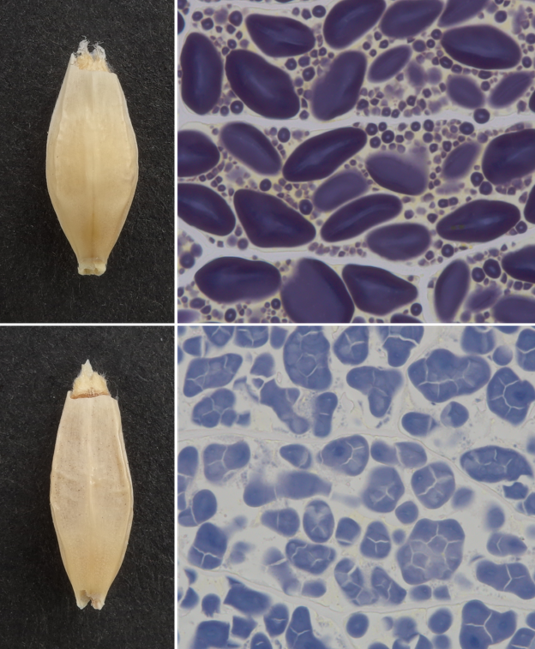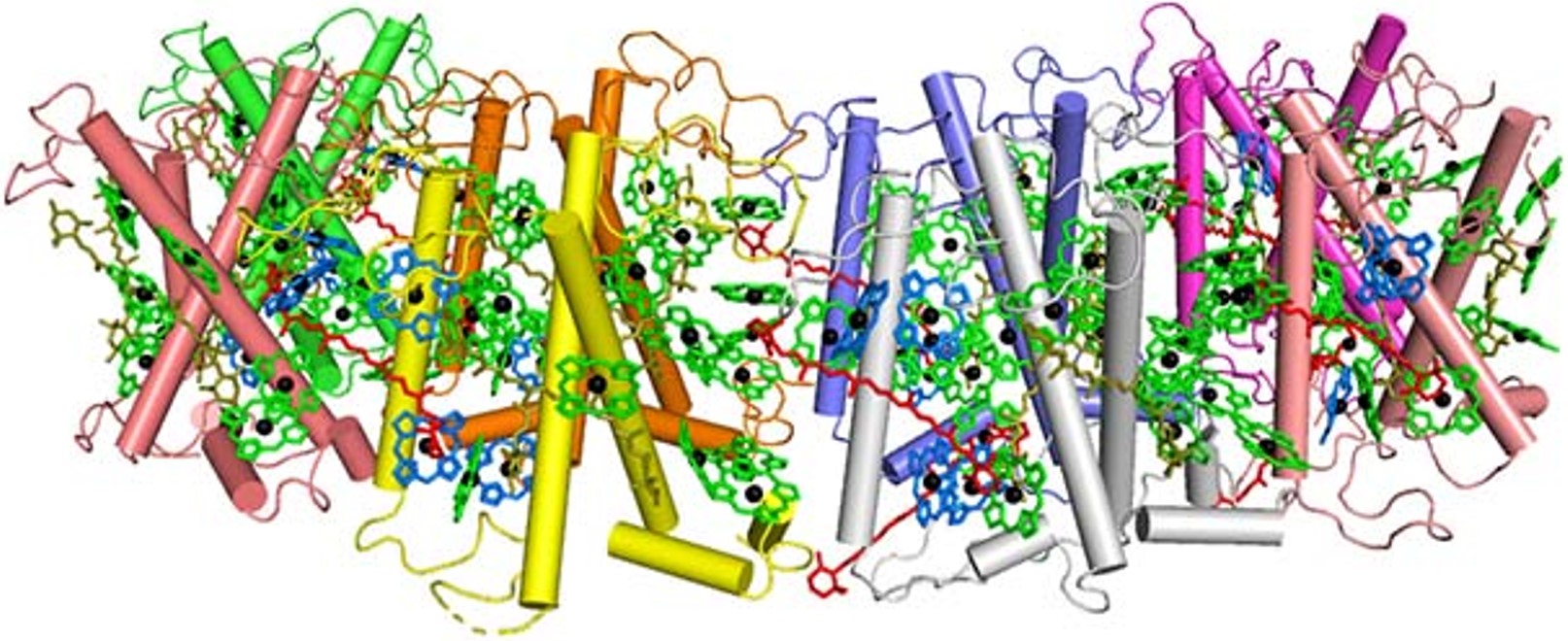Plant Genetics and Physiology
Plant Genetics and Physiology
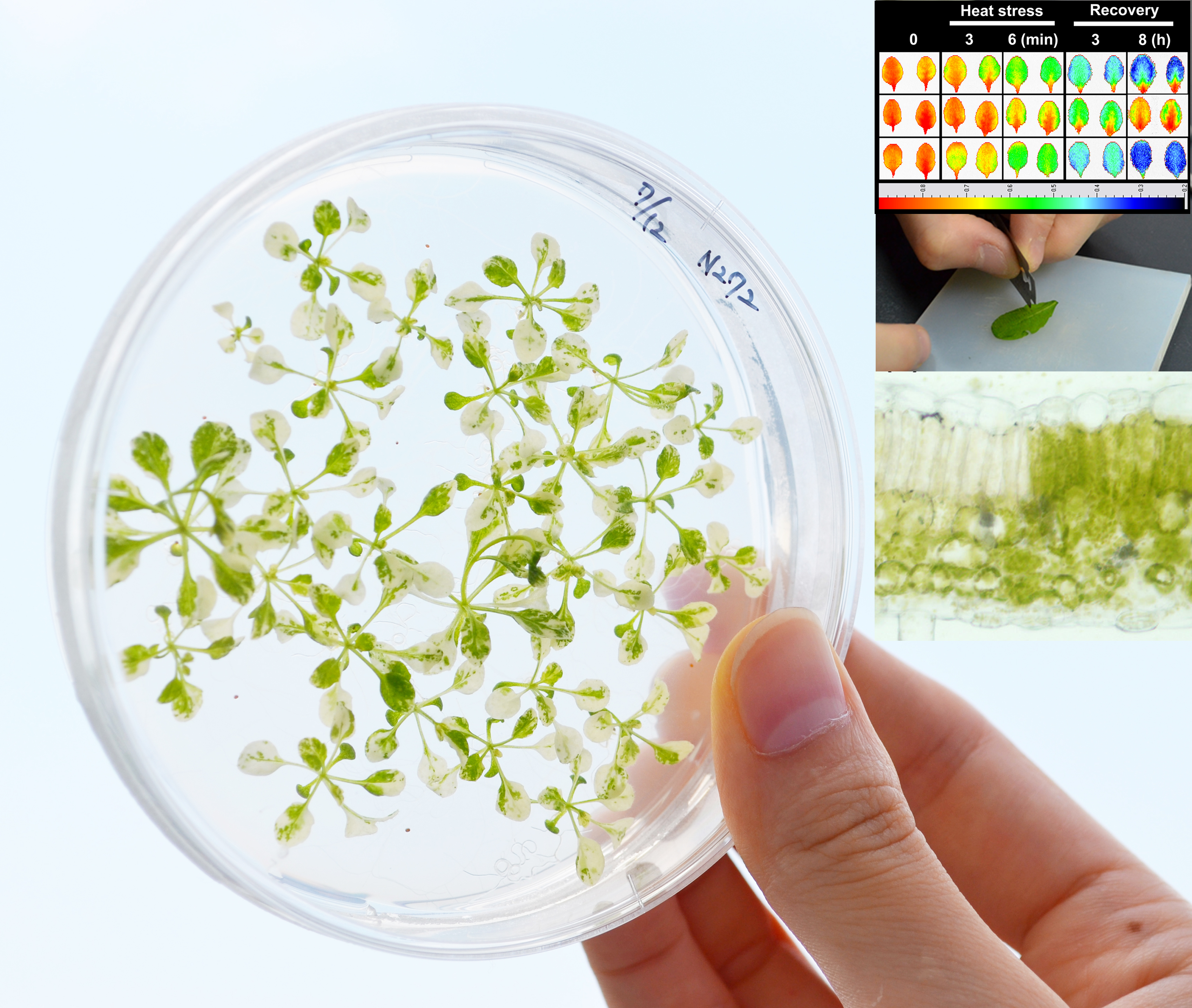
Our life on earth cannot continue without the atmospheric environment, which is maintained by oxygenic photosynthesis. Plants perform photosynthesis in chloroplasts, where light energy is converted into chemical energy by a series of electrochemical reactions. In contrast, land plants are exposed incessantly to excess light energy or harsh atmospheric environments that engender ‘photodamage’. How do plants cope with such photosynthetic inactivation? What are the key elements to maintaining or even maximizing chloroplast functions? Our group studies various aspects of chloroplast development and photosynthesis. By understanding the factors involved in photoprotection and chloroplast function, we aim to improve crop productivity against atmospheric stress over the long term.
 |
|
|---|
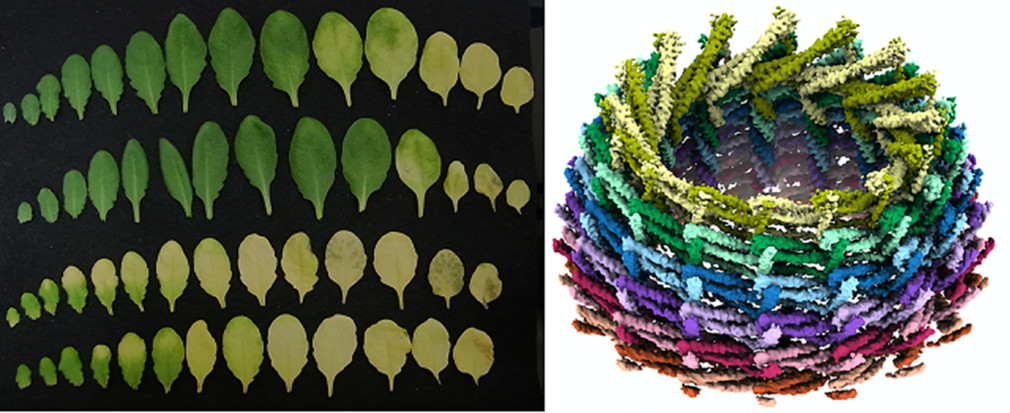
Stay-green mutant with preserved photosynthetic capacity (left) and VIPP1, a novel large protein complex that plays a central role in thylakoid membrane biogenesis (right)
We study the regulatory functions of chloroplasts that enable plants to adapt to various light environments. In particular, we are studying a novel, large protein complex involved in thylakoid membrane biogenesis, essential for the scaffold supporting the photosynthetic energy conversion reaction. Our research also involves the characterization of novel ‘stay-green’ mutants that sustain the photosynthetic capacity of aged leaves through the maintenance and degradation of chloroplast DNA.
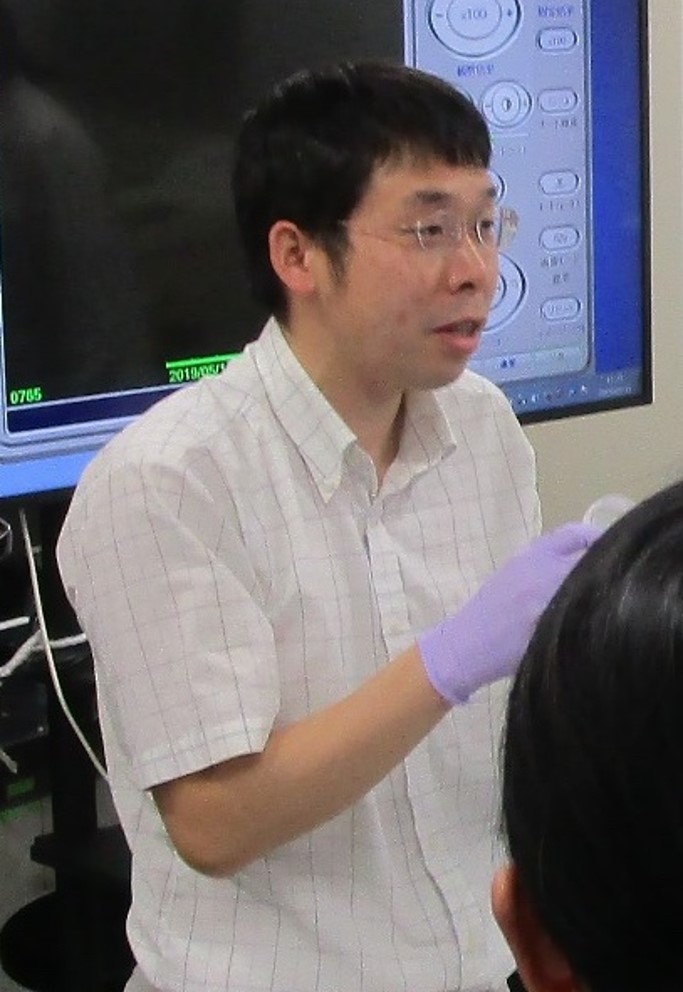 |
|
|---|
Starch is a glucose polymer synthesized as a photosynthetic product in plants. It forms beautiful intracellular particles known as starch granules. The morphology of starch granules varies across different crop species, and their physicochemical properties also differ. We aim to uncover the mechanisms that determine starch granule morphology in plants and to develop new crop varieties with exceptional starch properties.
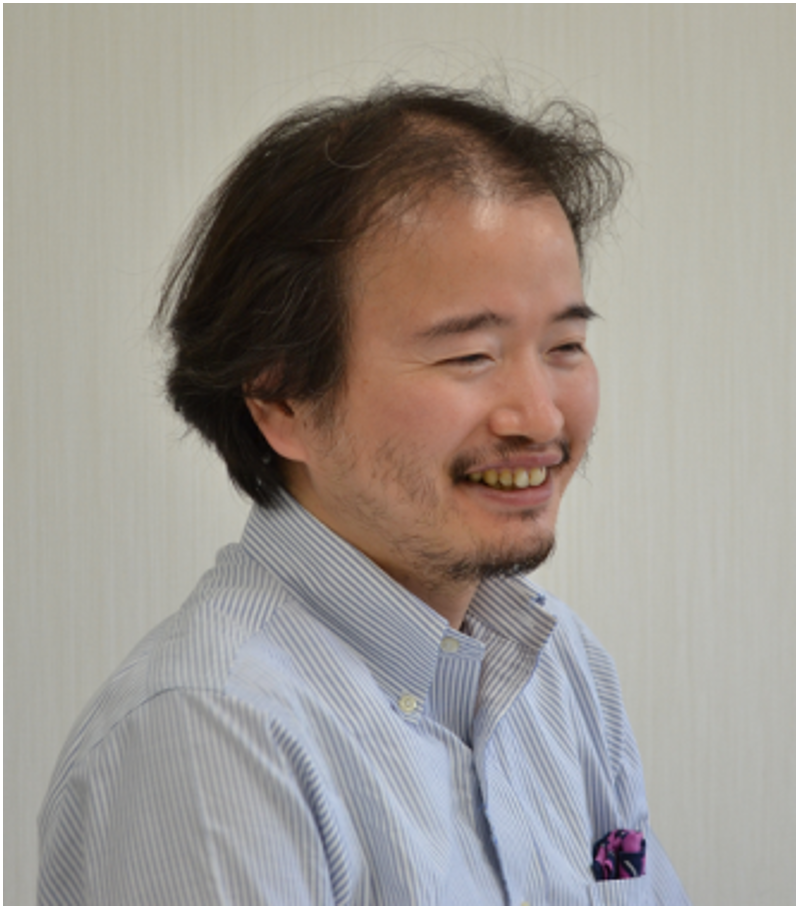 |
|
|---|
The light-harvesting antenna proteins in chloroplasts are large protein complexes that efficiently capture light energy for photosynthesis. We are studying how this protein complex achieves highly efficient light harvesting using various experimental techniques, including analysis of post-translational modifications for each component and three-dimensional structural analysis of the entire complex.
 |
|
|---|
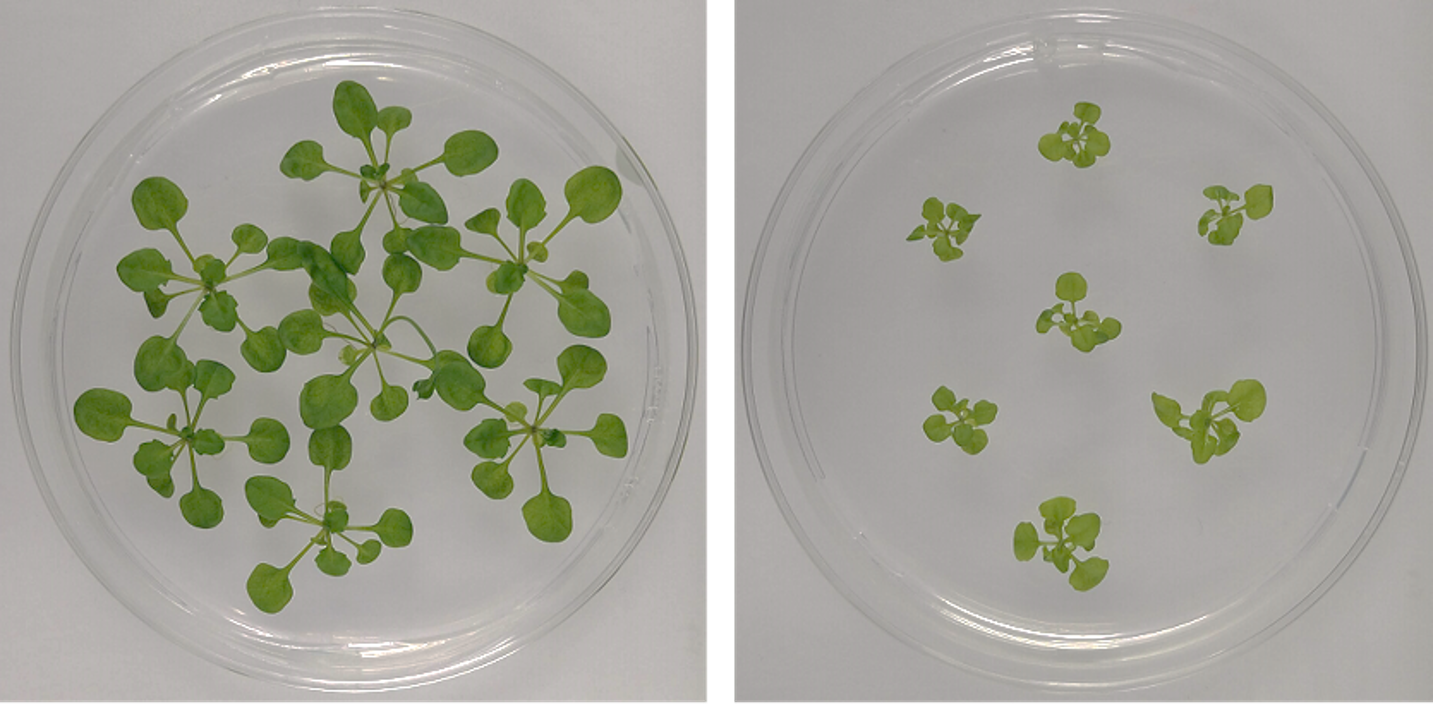
Arabidopsis thaliana unable to cope with fluctuating light environment (left: wild type, right: mutant)
In response to fluctuating light conditions, plants strictly regulate the redox condition in the chloroplasts. This chloroplastic redox state directly impacts electron transport in photosynthesis and is crucial in efficient photosynthetic reactions. We have identified novel proteins that regulate the redox state in the chloroplasts and are investigating how plants adapt to fluctuating light environments.

